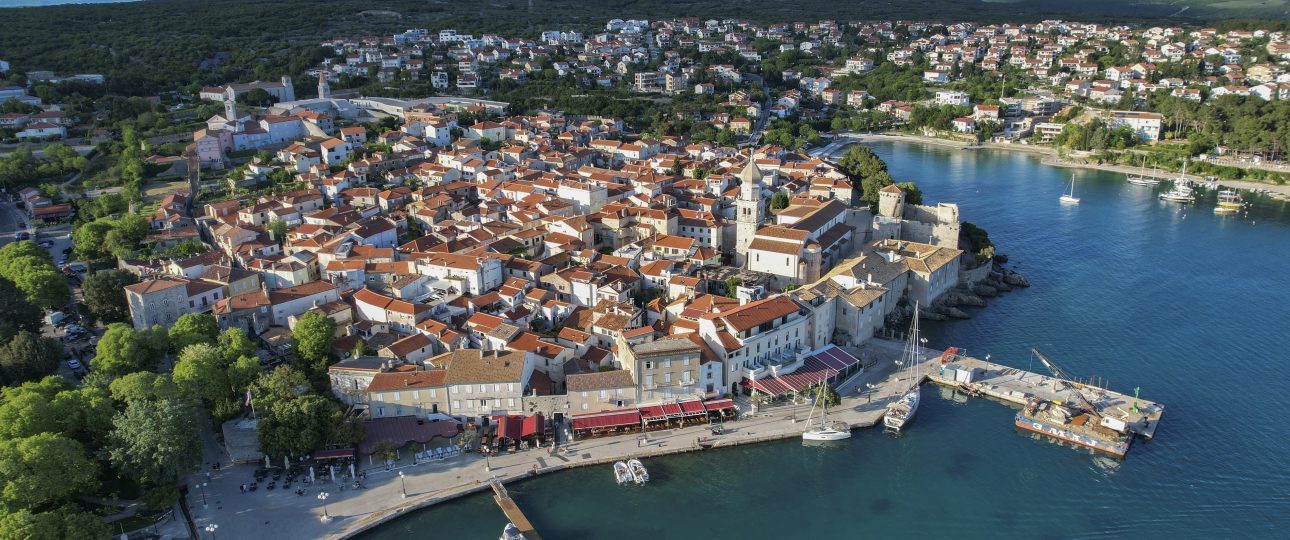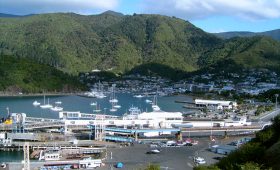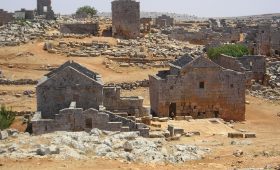Exploring Krk, Croatia: A Blend of History and Nature
Krk, often referred to as the “golden island,” is a fascinating destination in Croatia’s northern Adriatic Sea. Connected to the mainland by a 1,400-meter-long bridge since 1980, Krk offers a unique mix of natural beauty and historical intrigue. With approximately 16,500 residents spread across seventy settlements, the island is a testament to the successful integration of industry and tourism. Let’s dive into what makes Krk a compelling place to visit.
Getting to Krk
Reaching Krk is straightforward. You can fly into Rijeka Airport, which accommodates both large and small planes, and is conveniently located near the island. If you prefer traveling by sea, ferries from the mainland offer a scenic introduction to the Adriatic’s clear waters. For those coming by car, the island is accessible via a bridge, with major European cities like Munich, Vienna, and Milan within driving distance.
Local Transportation
Once on Krk, renting a car is the most efficient way to explore its diverse landscapes. From the bare, wind-swept northeast to the lush, green west, the island’s varied terrain is best appreciated at your own pace. Public buses, operated by Arriva Croatia, connect key towns, though service frequency varies. For a more adventurous approach, consider renting a bicycle or scooter, or even hitchhiking, which is common and generally safe here.
Discovering Krk’s Rich Heritage
Krk’s old town is a historical treasure trove. Wander through its cobblestone streets to find medieval churches, quaint cafes, and local shops. The Cathedral of St. Mary, a Romanesque church from the 12th century, is a highlight. Climb its bell tower for sweeping views of the island and sea. The island’s history is palpable, with each corner offering a glimpse into its storied past.
Best Time to Visit
Summer, from June to September, is the most popular time to visit Krk, thanks to warm weather ideal for beach activities. However, this is also peak tourist season, so expect crowds and higher prices. For a quieter experience, consider visiting in spring or fall. The weather remains pleasant, and you’ll have more space to enjoy the island’s attractions. Swimming is possible from April to November, depending on your tolerance for cooler water.
Uncovering Krk’s Unique Attractions
Beyond the main towns, Krk offers hidden delights. The village of Vrbnik, perched on a cliff, is famous for its narrow streets and traditional stone houses. It’s also renowned for the Vrbnička Žlahtina wine. Sample this local specialty as you explore the village’s charming alleys.
Nature enthusiasts will appreciate the island’s diverse landscapes. While Krk doesn’t have a designated national park, its natural beauty is undeniable. The island’s hiking and cycling trails offer stunning views of surrounding islands and mountains. Wildlife is abundant, with opportunities to spot foxes, wild cats, and various bird species, including the griffon vulture.
For water sports lovers, Krk’s clean sea is perfect for activities like kite-surfing, paragliding, and jet skiing. The underwater world is equally captivating, with several diving clubs offering excursions to explore the vibrant marine life.
Krk is a destination that seamlessly blends history, culture, and nature. Whether you’re exploring its historical sites, indulging in local wines, or enjoying outdoor adventures, the island offers a rich and varied experience. Plan your visit to discover the many facets of this remarkable Croatian island.




